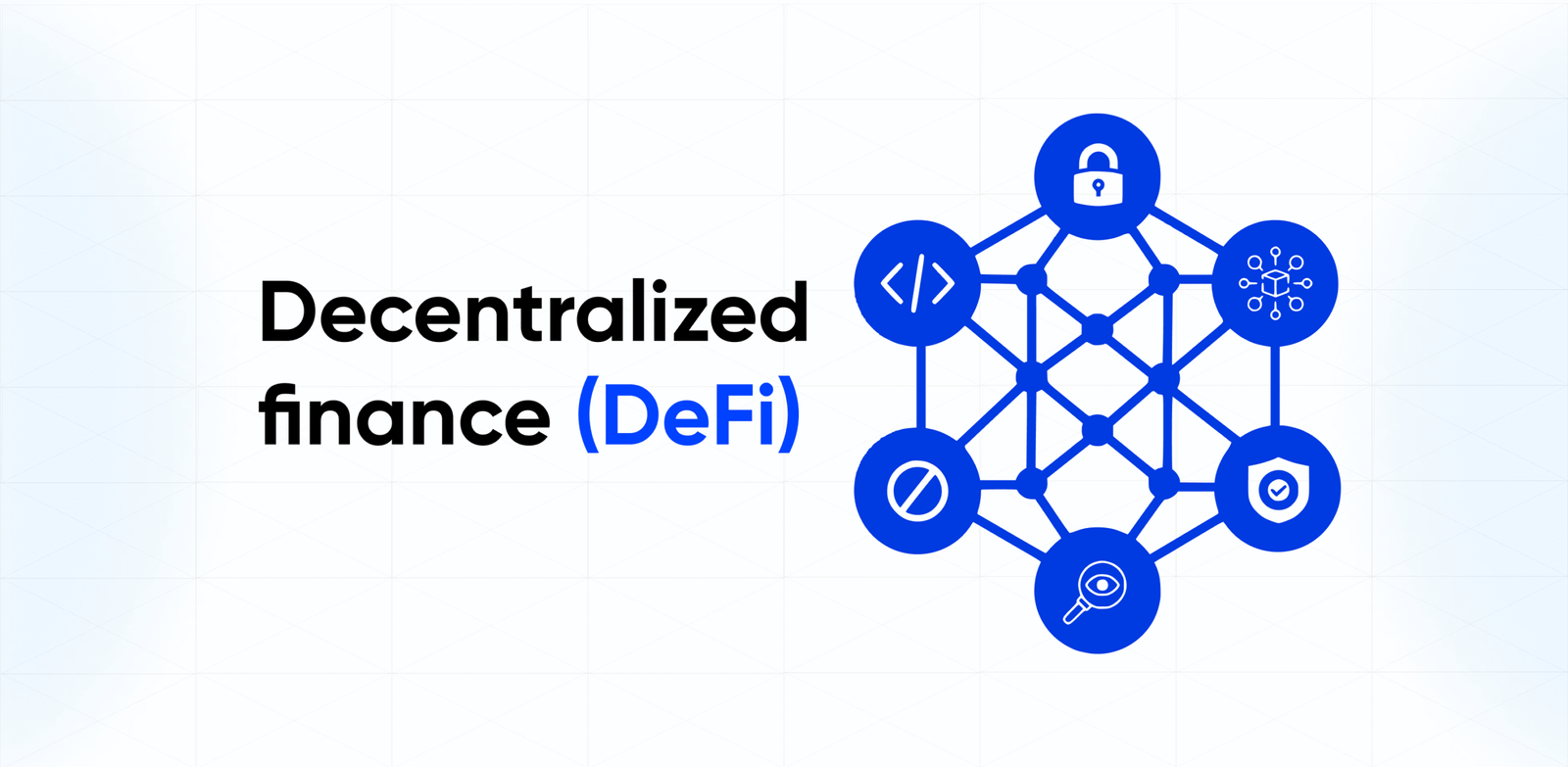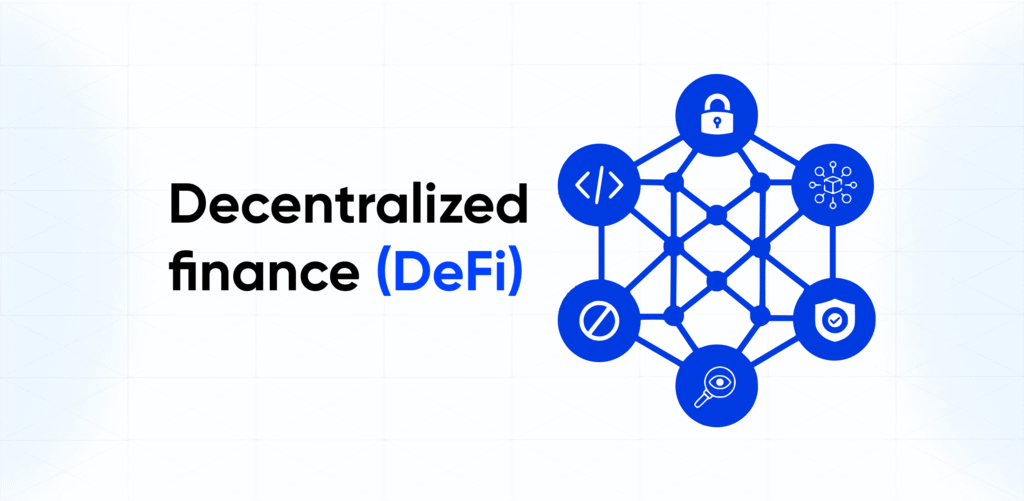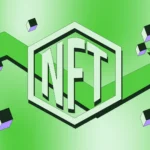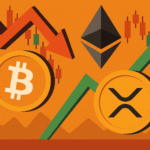Decentralized Finance (DeFi) has revolutionized the financial landscape by eliminating intermediaries and offering open, permissionless financial services. Since its inception, DeFi has grown exponentially, with Total Value Locked (TVL) peaking at over $200 billion in previous bull markets. As we move into 2025, the DeFi ecosystem is poised for even greater advancements, but not without challenges.
This article explores:
✅ The current state of DeFi
✅ Key opportunities in 2025
✅ Major risks & regulatory hurdles
✅ The next evolution of DeFi (AI, RWAs, Layer 3 solutions)
✅ Expert predictions for the future
1. What is DeFi & Why Does It Matter in 2025?
DeFi refers to blockchain-based financial applications that operate without traditional banks or brokers. Instead, they rely on smart contracts (self-executing code) on networks like Ethereum, Solana, and Cosmos.
Why DeFi Will Be Bigger in 2025
- Institutional adoption (BlackRock, Fidelity exploring DeFi)
- Improved scalability (Ethereum’s Pectra upgrade, Solana’s Firedancer)
- Real-World Asset (RWA) tokenization (Gold, real estate, bonds on-chain)
- AI-powered DeFi protocols (Automated trading, risk assessment)

2. Key Components of DeFi in 2025
A. Decentralized Exchanges (DEXs)
Platforms like Uniswap, PancakeSwap, and dYdX allow users to trade without intermediaries.
- 2025 Trend: Cross-chain DEX aggregators (1inch, THORChain) will dominate.
B. Lending & Borrowing Protocols
Aave, Compound, and MakerDAO let users earn interest or take loans using crypto as collateral.
- 2025 Trend: Under-collateralized loans via on-chain credit scoring.
C. Yield Farming & Liquid Staking
- Lido, Rocket Pool, and EigenLayer enable staking rewards with liquidity.
- 2025 Trend: Restaking will grow, securing multiple protocols at once.
D. Stablecoins & Synthetic Assets
- USDC, DAI, and Ethena’s USDe provide stability in volatile markets.
- 2025 Trend: Algorithmic stablecoins making a comeback with better mechanisms.
E. DeFi Insurance
- Nexus Mutual, Etherisc protect against smart contract hacks.
- 2025 Trend: AI-driven risk assessment for better coverage.
3. Biggest Opportunities in DeFi for 2025
A. Financial Inclusion (Banking the Unbanked)
- Over 1.4 billion people lack bank access—DeFi offers global financial services via smartphones.
B. Higher Yields Than Traditional Finance
- DeFi lending protocols offer 5-20% APY, compared to 0.5-4% in banks.
C. Institutional Money Entering DeFi
- BlackRock, Fidelity, and hedge funds are exploring tokenized assets and DeFi yield strategies.
D. AI + DeFi = Smarter Financial Tools
- AI-powered trading bots (like Fetch.ai)
- Fraud detection & risk prediction
E. Real-World Asset (RWA) Tokenization
- Gold, real estate, and bonds are being tokenized (Ondo Finance, Maple Finance).
4. Major Risks & Challenges in 2025
A. Smart Contract Hacks & Exploits
- 2024 saw over $1 billion in DeFi hacks (PolyNetwork, Euler Finance).
- Solution: Better audits & AI-based security.
B. Regulatory Crackdowns
- SEC targeting DeFi (Uniswap lawsuit, CFTC vs. Ooki DAO).
- MiCA 2.0 in the EU could restrict anonymous DeFi.
C. Impermanent Loss & Liquidity Risks
- LPs in DEXs can lose money if prices swing too much.
D. Centralization Risks
- Lido controls 32% of staked ETH—raising concerns over decentralization.
5. The Next Evolution of DeFi (2025 and Beyond)
A. Layer 3 Solutions & Hyper-Scalability
- Arbitrum Orbit, zkSync Hyperchains will reduce fees further.
B. AI-Optimized DeFi Protocols
- AI-driven lending rates, automated arbitrage, and fraud detection.
C. Institutional-Grade DeFi
- Goldman Sachs & JPMorgan testing private DeFi chains.
D. Cross-Chain Interoperability
- Cosmos IBC, Polkadot XCM, and Chainlink CCIP will connect all DeFi ecosystems.
6. Expert Predictions for DeFi in 2025
- Vitalik Buterin (Ethereum): “DeFi will evolve beyond speculation into real-world utility.”
- Andre Cronje (Fantom): “RWA tokenization will be a $10 trillion market.”
- Cathie Wood (ARK Invest): “DeFi could replace 20% of traditional banking by 2030.”
Conclusion: Will DeFi Replace Traditional Finance?
DeFi is still in its early stages but growing rapidly. By 2025, we’ll see:
✔ More institutional adoption
✔ AI-powered financial services
✔ Real-world assets moving on-chain
✔ Stricter regulations (but also more clarity)
While DeFi won’t fully replace banks by 2025, it will become a parallel financial system—faster, cheaper, and open to everyone.






